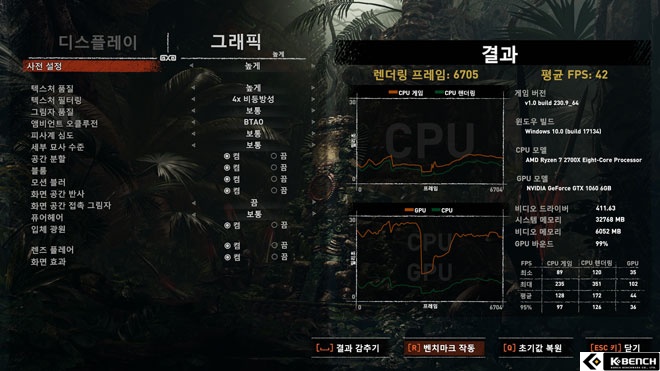

- #Gtx 1060 metro last light benchmark drivers
- #Gtx 1060 metro last light benchmark manual
- #Gtx 1060 metro last light benchmark full
#Gtx 1060 metro last light benchmark manual
Our test courses, in the event manual testing is executed, are also uploaded within that content. All other game settings are defined in respective game benchmarks, which we publish separately from GPU reviews. We disable brand-supported technologies in games, like The Witcher 3's HairWorks and HBAO. All games were run at presets defined in their respective charts. Game settings were manually controlled for the DUT.

#Gtx 1060 metro last light benchmark drivers
NVidia's 372.54 drivers were used for game (FPS) testing on the 1060. We tested the games using an MSI GE62VR with GTX 1060 and an MSI GE62 Apache Pro with GTX 970M. Let's look at the impact of this messy OS on gaming performance. Those tools don't have to go away forever, but can at least be disabled until needed. Even just deactivating launch on Startup improves things. Those people will just assume that the hardware is bad, or that Windows is bad, or that the brand is bad – but in reality, the system can be instantly improved by uninstalling all the bloatware. This is an important topic: Although the readers of our site are largely enthusiast users or informed users, a great majority of buyers won't be. CPU usage often hit 30% sporadically during use, often when Norton decided to scan something.

Norton is the biggest offender in terms of active processor utilization just during file transfers – moving games to the laptop – we saw CPU utilization spike to 100%. The software pre-installed and launching on boot includes: That's one last-gen model and one current model, both clean Windows installs with all the factory-preset software included. Just using the desktop, we'd occasionally spike to ~30% load for no good reason, and frequently hit 100% load during file transfers (thanks, Norton).įor validation purposes, we also ran the same tests on an MSI GE62 Apache Pro with a GTX 970M and i7 CPU. And that's the thing, too – even Windows is slow at the desktop level. Using an MSI GE62VR Apache Pro laptop (~$1600) with a GTX 1060 and an i7-6700HQ CPU (boosts to 3.5GHz), 16GB DDR4, and an M.2 SSD, we're clearly not running Windows on slow hardware. Today, we're showing just how profoundly a new system's framerate is dragged down by bloat. This, traditionally, is what's known as “bloatware ” it's software pre-installed by the manufacturer that the user didn't necessarily request, and bloats the system's processes to a crawl. This included an incessant warranty registration pop-up/reminder, Norton Anti-Virus (the biggest offender on spurious CPU utilization), about three different control panels – because we need multiple paths to one location – and a few other programs. Looking further into the issue, we realized that the system tray accommodated 13 icons of pre-installed software that opened on launch. It was anything but instant, as a new computer should be, and would prompt outrage from any real-world consumer.
#Gtx 1060 metro last light benchmark full
Even with an SSD, opening Windows Explorer took at least one full second – eternity, by today's standards. When we received the new 10-series laptops for review, we immediately noticed sluggishness in the OS just preparing the environment for testing.


 0 kommentar(er)
0 kommentar(er)
